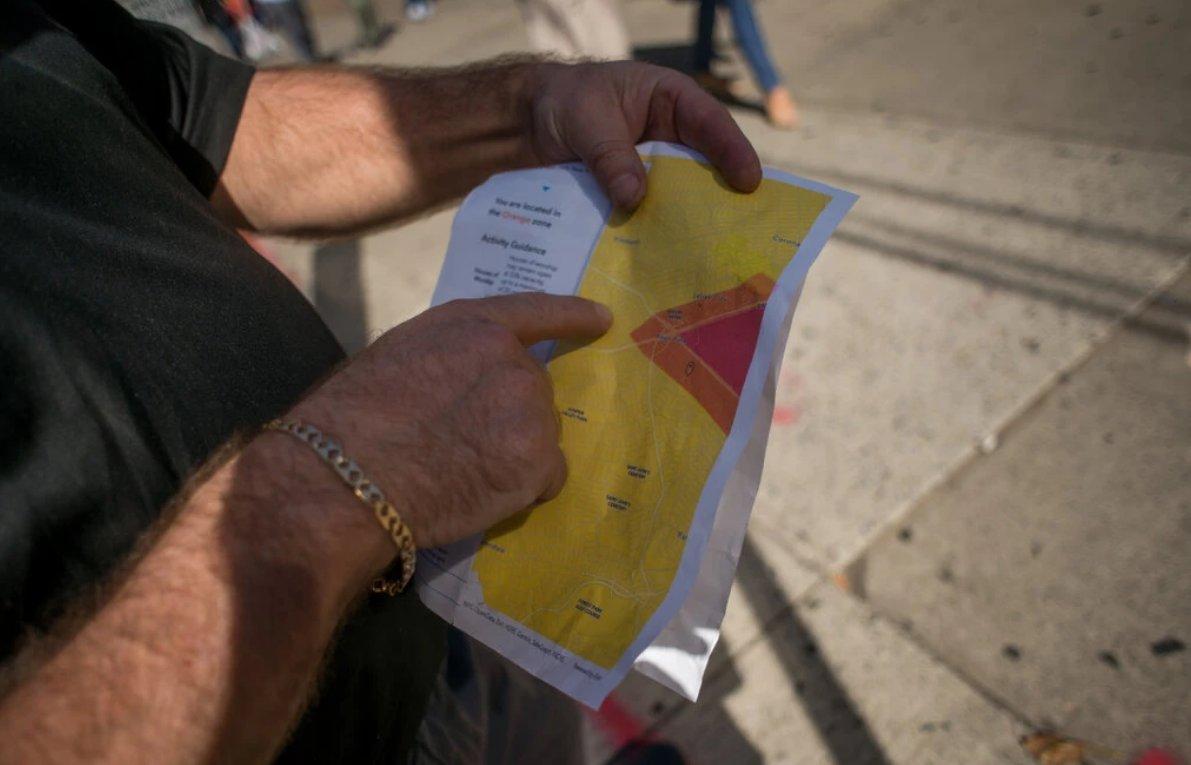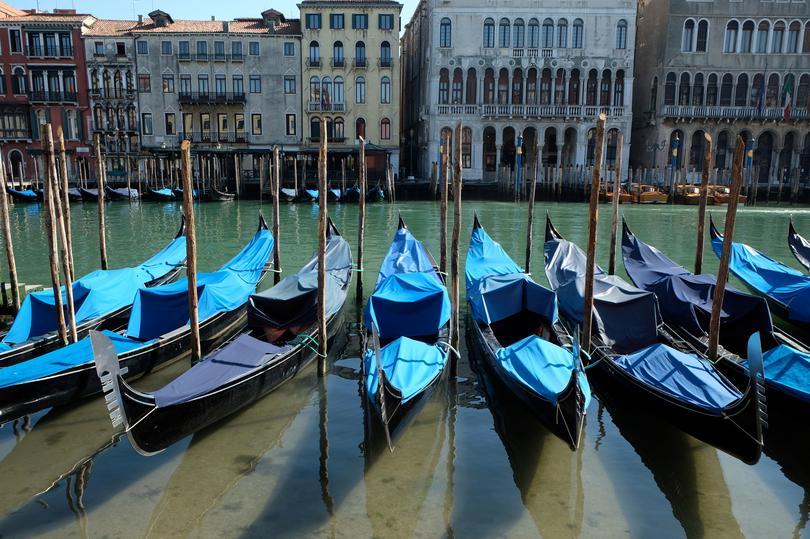Urban power: still strong but humbler?
The COVID-19 crisis has been and is a crisis of the state, in the sense of a critical moment of transformation for the state. National governments have been back on the stage, with unprecedented strength as they have reshaped geographies – closing borders, blocking internal mobility – and mobilized resources in amounts not comparable to previous crises. In one way or another, in many wealthy societies, substantial parts of the population have been economically supported by the state during the crisis. This has happened in forms and amounts that are without precedent in recent generations and that have deeply redefined the understanding of the “welfare state”, as well as its legitimacy.
This bold return of the state has also implied great changes in multi-level relations within national states, and arguably within supra-national entities if we look at the European Union and the emergence of the Next Generation EU fund. Conflicts regarding spatial containment regimes have developed, escalating to high tension levels if not confrontation. Governments have put in place different spatial strategies to manage the crisis, choosing to centralize or devolve decisions, to directly take on the political risk of fueling conflicts with local governments or, at the opposite, to lowering this risk by decentralizing responsibilities.
Measures have been used at times, as in the case of Italy, to avoid confrontations with powerful local interests and institutions by not making differences between different situations: The adoption of a national homogeneous “red zone” in the first wave (March 2020) was also clearly a way for the national government to not openly confront the Region of Lombardy, both the most affected and the most powerful Italian region. In addition, especially during the second wave, the growing role of techno-scientific bodies and quantitative indicators has attempted to downplay and depoliticize these conflicts, trying to found spatial decisions on evidence that is perceived as “objective”.
It is true that, naturally, in federal systems, cities have played a larger role. Just by looking at the geography of social distancing, US mayors have had way more edge, presiding over the decision of local lockdowns at scales as granular as neighborhoods – as in the case of New York City – and deciding whether to keep schools and other services open.

In Europe, as well, there have been some limited examples. In Spain, Madrid’s city and region have had similar granular approaches while fighting a long battle against the national government (of opposite political orientation) over the political control of social distancing measures. However, especially in Europe, as states have taken the lead in reshaping territorial governance and establishing geographies of social distancing, the role of cities has been undermined.
The return of the state and urban internationalism
This situation has somehow represented an abrupt change from the pre-COVID-19 era. In recent years, it has been a common assumption that cities were best equipped to deal with global disturbances and that they were the natural sites for designing those innovations in policies. From bestsellers like “If Mayors Ruled the World” by Benjamin R. Barber, to a growing body of scientific research on “city diplomacy”, it became widely accepted that cities (and mayors) were the future of good governance in a turbulent world. Cities were seen as the sites of post-partisan politics and policy – with the idea that at the local level the urgency of issues would naturally lead to sounder and more evidence-based solutions – and as the natural testbeds of continuing innovation, for the concentration of human capital and a twist towards more open and collaborative ways of governing.
A growing field of international organizations and networks – from C40 Leadership for Climate Change to Eurocities and many others – has come to the fore acting as platforms where cities can exchange and mutually learn urban policy innovation, especially on crucial areas like mitigation and adaptation to climate change. Many of these organizations have played a very relevant role in allowing the development of the global networks of exchange of practices while heightening the political desirability for mayors to engage in difficult issues, such as the decarbonization their cities.
Certainly, also amid the COVID-19 crisis, cities have presented creative solutions, pooling hidden resources and mobilizing local actors to give rapid responses to an evolving crisis: Many solutions in terms of grassroots welfare support have actually come from cities. In addition, the same networks have ensured that these experiences could flow and be exchanged: A good example of the role of networks is, for example, the rapid circulation of the so-called “15 minute city” approach – the idea of, also for pandemic-related needs, attempting to localize daily life functions as much as possible – from Paris and Barcelona to a wider set of cities. However, it is apparent that the locus of political action dramatically shifted towards governments and supra-national cities. Furthermore, innovation itself – the design of complex crisis management systems or, for example, the research for the vaccine – has seen a bold return of the national state.

The (lasting?) fallout on urban economies
The post-pandemic period too might be at risk of seeing a weakening position for cities. As we have seen, due to the nature of the crisis, quintessentially urban “experiential” economies were hit more than national economies at large. As the production and consumption of goods have been hit less, territories with more manufacturing and a less urban lifestyle have performed better than large cities and metropolitan areas. In the US, suburban areas’ economies have recovered more rapidly and effectively than urban cores.
This comes with the risk of an ongoing fiscal crisis for the latter that appears to be particularly severe in federal states where local taxing powers are larger and local services rely more on them. The tourism crisis and the booming digitalization of work – that has brought a critical decline in commuting – has led to a widespread urban retail crisis that is also reflected in drops in real estate values. In cities like New York, San Francisco and London, rents are on the way down, and, for many observers, this situation is not supposed to change direction very soon.
For US cities, property tax can make up to 30% of total revenues. In addition, sales taxes – highly dependent on public consumption in downtowns – have a very high incidence on city budgets. Furthermore, in larger and at times inter-state metropolitan areas, the crisis of commuting and the digitalization of work is posing longer-term challenges to the fiscal position of core cities. As an example, the state of New Hampshire is battling around the issue of its fiscal sovereignty on the incomes earned by state residents employed in the Boston Metropolitan area that now work from home. The implications of something like that for New York City (and state) would be just frightening.
But a looming fiscal crisis also involves European cities despite the dramatically higher level of national government support they receive. Looking at Italy, cities depending on tourism – Florence, Venice, for example – experience a hard time balancing their budgets when there are plummeting travelling figures.

Also, the workforce that has proven to be the most vulnerable to the pandemic and its economic impacts – people working in the experiential economy and, more in general, the most precarious section of the workforce including many free-lancers – is overwhelmingly concentrated in cities and under-protected by established national welfare systems.
This implies, in Europe too, the need for rapid emergency welfare interventions at the local level that will be on the shoulders of cities and the not-for-profit sector. Therefore, cities have spent more and have gathered way less, in terms of taxes, than they used to before the pandemic.
Of course, the ways in which these kinds of fiscal conflicts among different levels of government are politicized are very different. In the US, the Republican Party is, as always, trying to minimize federal support to cities. In Europe, there is no such problem as fiscal systems are more centralized and urban/non-urban divides are less politicized than in the US.
But, in general, for city leaderships that tend to be more on the liberal and at times progressive side both in the US and Europe, it will be key to understand what kind of political strategies to deploy in the transition between the crisis and the post-crisis periods. Will they claim assertive state interventions in a broad range of areas – including welfare – as happened in other crises, putting the focus on strengthening multi-level relations within states? Or, differently, will they ask for more fiscal autonomy pushing an urban autonomism/exceptionalism agenda and claiming that metropolitan areas are the locus of most GDP production (even if they are less so)? The shaping of post-COVID-19 political discourses and coalitions will also depend on the stance that battered city leaderships will take – especially now that on both sides of the Atlantic there will be a flow of public expenditure to be planned and distributed: The ability of mayors to form alliances may be essential in keeping societies together at a difficult time.
A more realistic, humble time for the metropolis?
It is likely that a time of humility has come for the metropolis. Right before the COVID-19 crisis, debates regarding excessive spatial unbalances and their social and political implication were intensifying. Large, global cities were presented as the winners-take-all of the last three decades of capitalist restructuring. The COVID-19 crisis has suddenly and dramatically changed the terms of this conversation.
Urban leaderships should take this as an opportunity to come to a humbler (but safer) stance. It may seem more realistic to recognize that if cities are essential sites for innovation and experimentation, the great momentum of the global challenges that lie ahead implies first and foremost the strengthening of both states and international governance. In addition, the most important lesson we have learnt in the last 13 months is that without a heightened sense of the interdependence between territories and societies – including between metropolitan areas and their respective countries – it will be hard to increase global security.
Cities are the most exposed and vulnerable to global turbulences, therefore they have to carefully take care of interdependence not just among themselves but also with the rest. The post-pandemic period may be the perfect time to build on this idea.
